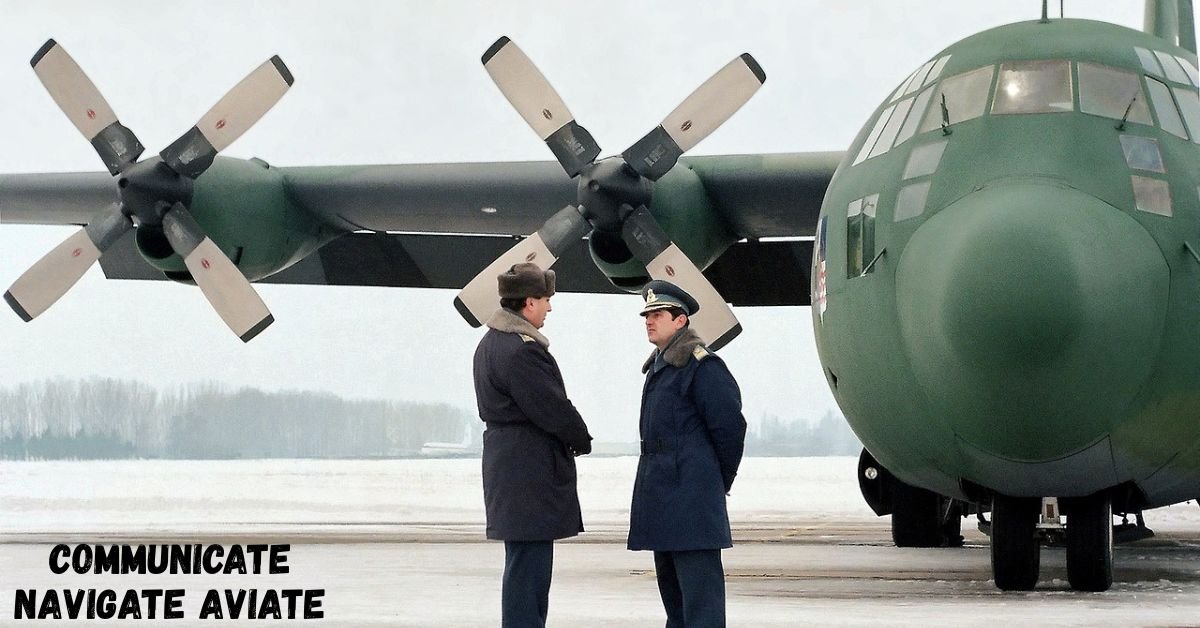In aviation, the principle “Aviate, Navigate, Communicate” serves as a fundamental guideline for pilots, emphasizing the prioritization of tasks to ensure flight safety. This sequence underscores the critical importance of maintaining control of the aircraft, determining its position and trajectory, and establishing communication, particularly during high-pressure situations.
Understanding “Aviate, Navigate, Communicate”
The mantra “Aviate, Navigate, Communicate” is ingrained in pilots from the onset of their training. It delineates the order of priorities that pilots should adhere to, especially during emergencies:
-
Aviate: This is the foremost priority. Pilots must ensure the aircraft is under control, maintaining appropriate attitude, altitude, and airspeed. Regardless of any anomalies or distractions, the primary responsibility is to keep the aircraft flying safely.
-
Navigate: Once the aircraft is stable, the next step is to ascertain its current position and chart a safe course. This involves understanding the aircraft’s location relative to terrain, obstacles, and intended flight paths, ensuring it remains on a safe trajectory.
-
Communicate: After addressing the first two priorities, pilots should then communicate pertinent information to air traffic control (ATC) or other relevant parties. Effective communication provides updates on the aircraft’s status, intentions, and any assistance required.
Adhering to this hierarchy ensures that pilots focus on the most critical aspects of flight first, reducing the risk of accidents stemming from task saturation or misprioritization.
Historical Context and Importance
The significance of adhering to the “Aviate, Navigate, Communicate” principle is underscored by historical incidents where deviation from this sequence led to tragic outcomes. A notable example is the crash of Eastern Airlines Flight 401 in December 1972. The flight crew became preoccupied with a malfunctioning landing gear indicator light, diverting their attention from flying the aircraft. This distraction led to an unintentional descent and subsequent crash into the Florida Everglades, resulting in significant loss of life. This accident highlighted the dangers of neglecting primary flight duties in favor of troubleshooting non-critical issues.
Application in Modern Aviation
In contemporary aviation, the “Aviate, Navigate, Communicate” framework remains integral to pilot training and operational procedures. Pilots are trained to manage multiple tasks simultaneously, and this principle aids in task prioritization, especially during emergencies. For instance, in the event of an engine failure, a pilot would first focus on maintaining control of the aircraft (Aviate), then identify a suitable landing site (Navigate), and finally inform ATC of the situation and intentions (Communicate).
Comparison with Other Decision-Making Models
While “Aviate, Navigate, Communicate” is specific to aviation, similar prioritization models exist in other high-stakes professions. For example, in emergency medical services, responders often follow the “Assess, Diagnose, Treat” sequence. Both frameworks emphasize the importance of addressing the most critical tasks first to ensure overall safety and effectiveness.
| Aspect | Aviation (Aviate, Navigate, Communicate) | Emergency Medicine (Assess, Diagnose, Treat) |
|---|---|---|
| Primary Focus | Maintain control of the aircraft | Assess patient’s condition |
| Secondary Task | Determine position and plan route | Diagnose the medical issue |
| Tertiary Action | Communicate with ATC or crew | Administer appropriate treatment |
This comparison illustrates the universal value of structured prioritization in managing complex and high-pressure situations across various fields.
Conclusion
The “Aviate, Navigate, Communicate” principle is a cornerstone of aviation safety, providing pilots with a clear framework for task management, particularly during emergencies. By prioritizing aircraft control, situational awareness, and effective communication, pilots can navigate challenges more effectively, ensuring the safety of all onboard. This structured approach to decision-making has proven its value over decades and continues to be a fundamental aspect of pilot training and operations

